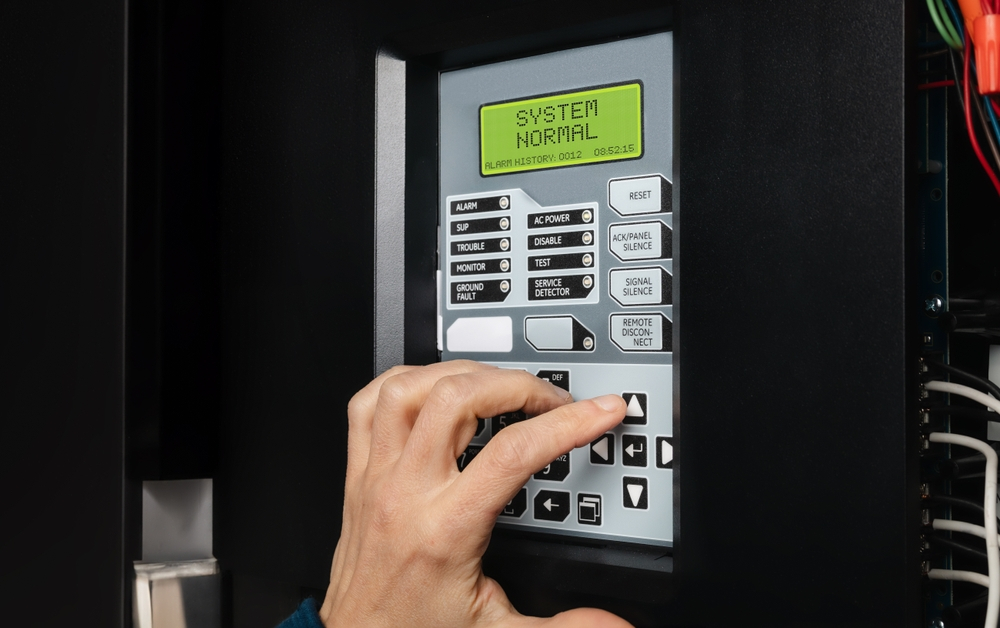A Step-by-Step Guide: How Fire Alarm Systems Detect and Respond to Fires

One who owns, manages, or is constructing a commercial structure is almost certainly well-versed in the regulations mandating installing operational fire alarm systems in said structures.
Despite this, numerous individuals need help comprehending the operation of these systems and frequently conflate them with standalone fire protection devices, like smoke detectors or fire sprinklers.
This blog will provide an overview of the function and fundamental elements of a fire alarm system, as well as an explanation of how these elements collaborate to safeguard the occupants of a structure during a fire.
How Fire Alarm Systems Work?
The standard components of these systems are a control panel, heat and smoke detectors, and alarms. The sensors are strategically positioned throughout the structure to detect environmental changes that could signify the occurrence of a fire.
1.Detection of Smoke and Heat:
A fire alarm system's principal function is to identify early warning indicators of a fire. Smoke detectors detect the presence of smoke particles in the air using various technologies such as ionization or photoelectric detection. Meanwhile, heat detectors respond to temperature spikes, signaling a potential fire.
2.Initiation of the Alarm:
Alarm activation occurs when the system detects a potential fire hazard. Depending on the system's design, this may consist of strobe lights, audible alarms, or a combination. The objective is to facilitate a timely evacuation of building occupants by notifying them of the potential hazard
3.Communication with the Control Panel:
Simultaneously, the system communicates the detected threat to the central control panel. This central hub is the brain of the fire alarm system, analyzing data from various detectors and making decisions based on the information received.
4.Automatic Notification
In many modern fire alarm systems, automatic notification is a critical feature. The system can automatically contact emergency services, such as the fire department, to ensure a rapid response to the developing situation.
How to Reset Fire Alarm Systems?
While fire alarms are critical for our safety, they can be set off by false alarms or testing. Understanding how to reset a fire alarm system to minimize unnecessary disturbances is vital. The procedure usually includes:
- Accessing the control panel.
- Entering a certain code.
- Ensuring that the system is free of any potential risks.
To ensure a proper reset without compromising safety, however, it is critical to follow the instructions provided by the system manufacturer
What are the types of fire alarm systems?
There are various fire alarm systems, each adapted to certain demands and conditions. Conventional fire alarm systems divide a building into zones, making it easier to pinpoint the site of a potential fire. On the other hand, addressable fire alarm systems provide exact information about the location of the identified hazard, allowing for a faster and more targeted response.
Fire alarm systems are critical for ensuring the safety of individuals and property. With their ability to detect fires early, initiate rapid emergency responses, and provide evacuation guidance, these systems play a vital role in mitigating the devastating effects of fires. Installing and maintaining a reliable fire alarm system should be a top priority for any responsible property owner or manager.
Contact ACF Alarm Company for experienced guidance on fire alarm systems and reputable commercial alarm services. Tailored to your unique needs, our team of experts is committed to delivering advanced solutions.